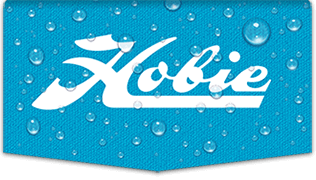About 10 yrs ago when kayaking with a professional guide in Maine, the guide said that power boats had the right of way over kayaks. The reason is pretty obvious. Often Maine power boats have very high prows--they literally cannot see a kayak in front of them. Therefore, it is best to say "power boats have the right of way," and kayakers know that they must take whatever action is necessary to get out of the power boat's way. I think it would be prudent for Hobie Islands to use the same approach as kayakers. That same Maine guide said, "To a working lobster boat, kayakers are considered speed bumps."
Similar reasoning is behind the following Rule 9.
Rule 9: Narrow Channels. You may think that since you are the smallest and slowest vessel on the waterways, you have the right of way all of the time. False! In fact, the opposite is true. A vessel shorter than 60 feet is required to not “impede the passage of a vessel that can safely navigate only within a narrow channel or fairway.” There’s a good reason for this. Large vessels often cannot maneuver or stop quickly enough to avoid a collision if you are in their path. If your regular paddling area is near a commercial seaport, and you often see large cargo ships or military vessels, you must stay out of the ship’s navigable channel, which is usually marked by red and green buoys. That channel is for large ships; therefore, they are the primary users. You can use the channel to navigate when no ship is using it, but paddlers should generally navigate outside of a narrow channel, when possible.
Read more at
http://www.canoekayak.com/start-paddling/rules-of-the-road-for-paddlers/#hMIXZk8xoup6OW1O.99Here is another rule:
Maneuverability Is Key Following is the
order of increasing maneuverability. Any boat lower on the list must give way to boats higher on the list:
•A disabled boat
•A boat that is difficult to maneuver, like a dredge or barge in tow
•A boat whose maneuverability is restricted by size or draft, like a freighter
•A boat engaged in commercial fishing, like a trawler
•A boat being rowed
•A sailboat
•A recreational powerboat
For further reading go to:
http://sailing.about.com/od/lawsregulations/ss/Rules-Of-The-Road-For-Sailboats.htm#step2Keith






